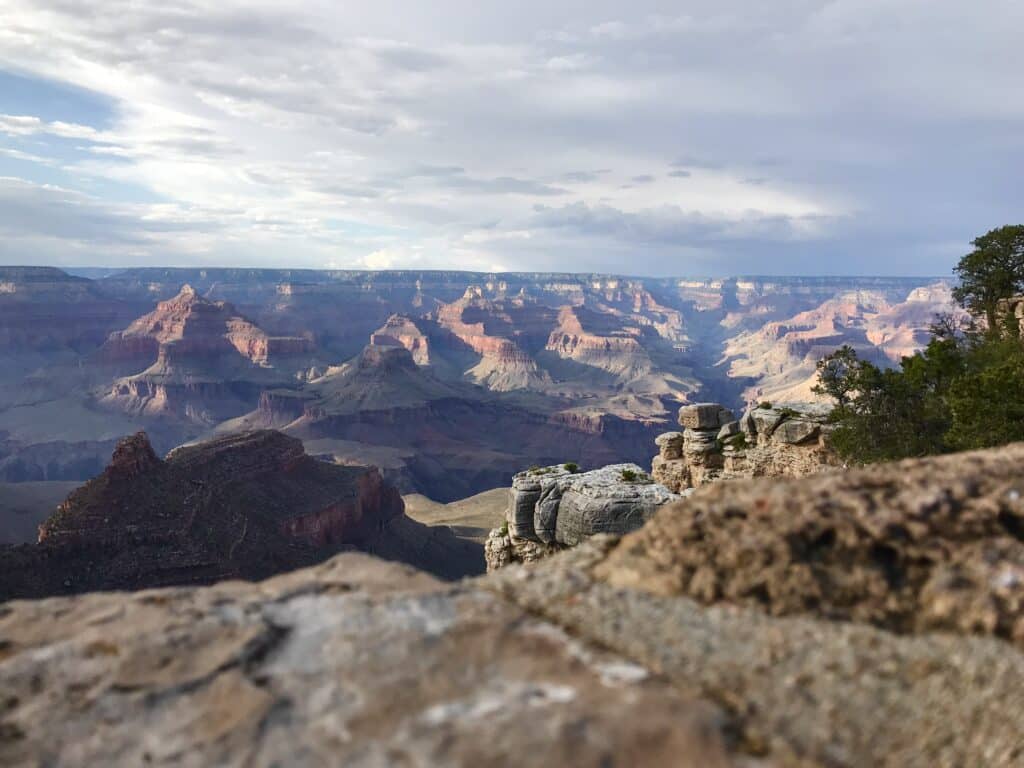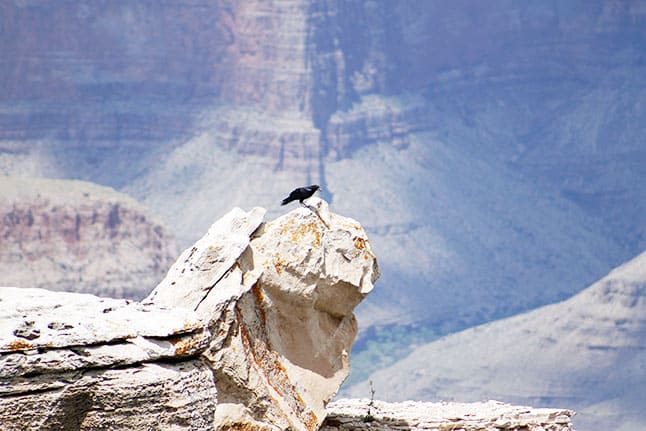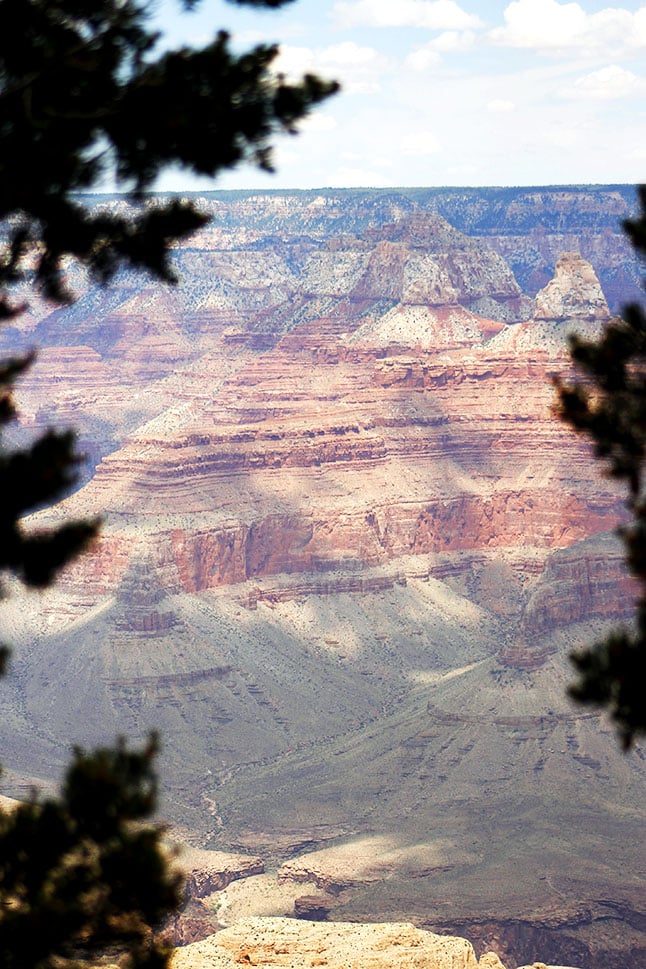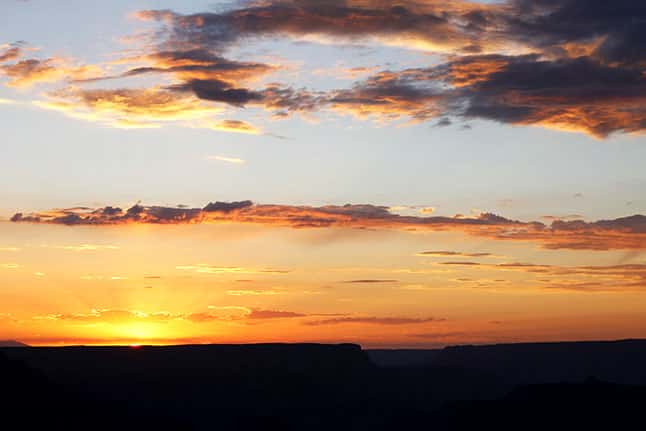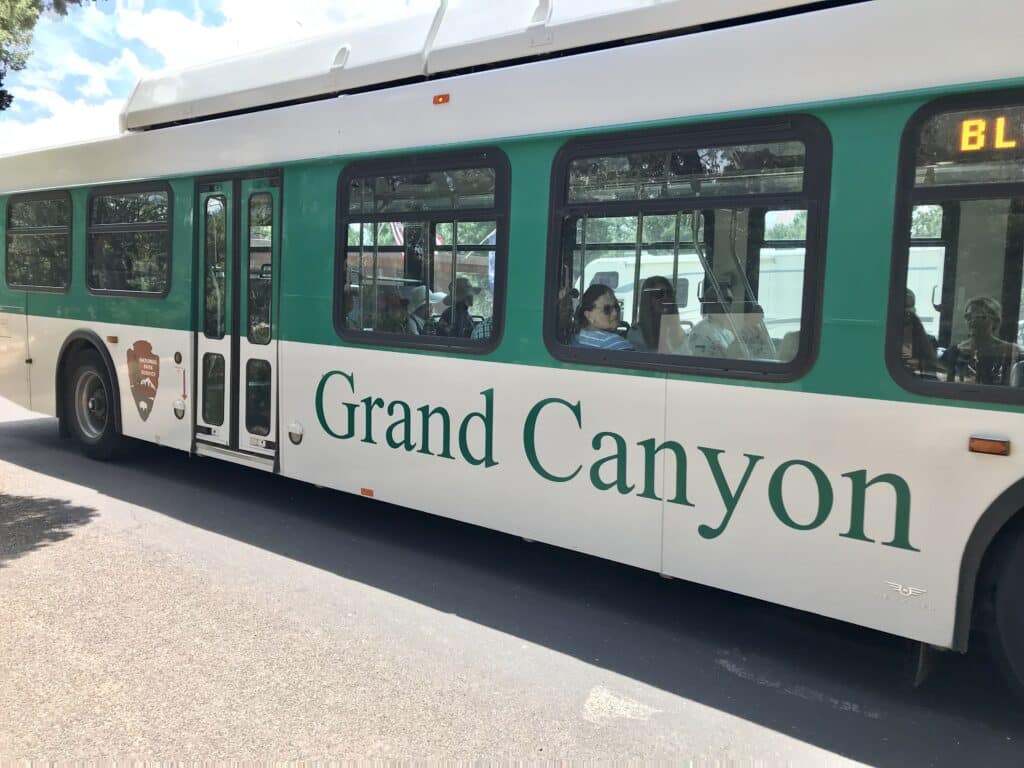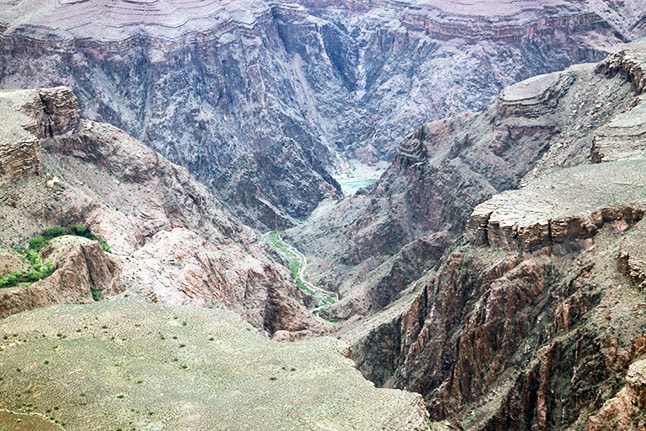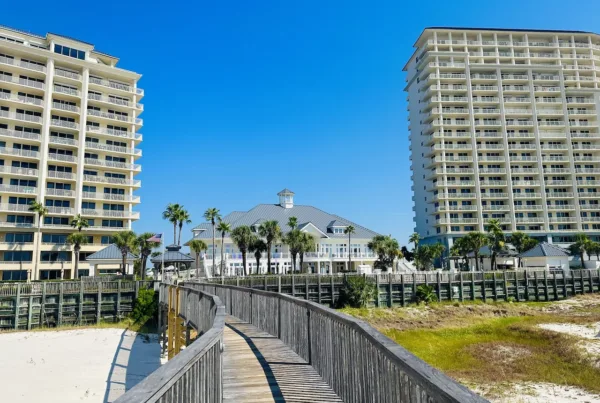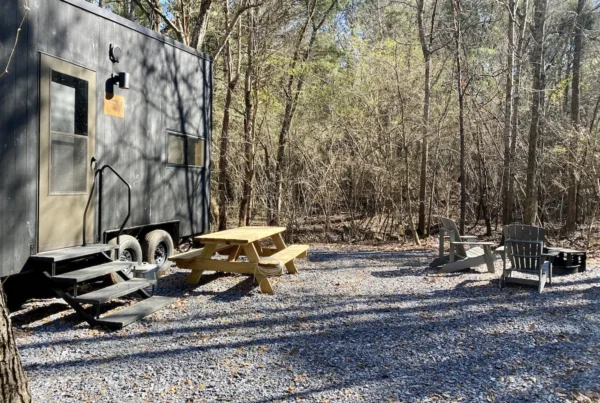What’s so grand about the Grand Canyon? It’s just a hole, right? Well, yes, but it’s a breathtakingly enormous hole, evidence of the workings of the earth’s natural forces of wind and water. So much of the earth’s history is revealed in the different layers of soil, ranging in colors from orange to brown to pink to purple, and every nuance of shade in between.
To view the canyon is truly an unforgettable experience, but seeing it in all its glory at sunrise or sunset is positively awe-inspiring! This is everything you need to know about visiting the Grand Canyon.
What to Know Before Visiting the Grand Canyon
For over 100 years, Grand Canyon National Park has given its visitors the gift of awe and wonder. Not only is it a sight to behold, but it is full of amazing wildlife too.
About 75 species of mammals, 25 species of fish, and some 50 types of reptiles and amphibians call the area home. More than 300 species of birds either live here full time or make periodic visits, including endangered species like the California condor, the bald eagle, the peregrine falcon, and the Southwestern willow flycatcher.
When is the Best Time to Visit?
The best time to see the South Rim is in the winter. Humidity is lowest then, so you’ll be able to see for miles and miles. Everything located near the South Rim is open year-round, and there won’t be as many crowds during the winter months.
The North Rim is often closed during the winter because of snow, so the best time to see it is in late September or early October. The visibility will be high, and the crowd level will be low. Also, the fall foliage here is gorgeous.
For the West Rim, visit any time of year except for the summer, when temperatures soar to very uncomfortable levels.
Camping at the Grand Canyon
The Grand Canyon area features many campgrounds. Most are either designated as backcountry camp sites or undeveloped campgrounds. Even in developed campgrounds, few provide full facilities like hot water, showers, dump stations, and hook-ups.
Among the few that do offer full-service RV camping are Trailer Village and Camper Village at the South Rim. The North Rim is more remote with fewer RV parks. The North Rim Campground is open from mid-May to mid-October and provides a nearby laundry and showers, but no hook-ups or dump stations. Also at the North Rim is DeMotte Campground. It offers RV parking and a dumping station.
Hotels & Lodging
Hotels outside the park near the South Rim include Red Feather Lodge, where rooms start at less than $100 per night. More luxurious accommodations can be found at the Grand Hotel, where a night’s stay can cost over $200.
Inside the Grand Canyon National Park, there are several lodging options to choose from. One such option is the El Tovar Hotel, made famous by the popular Chevy Chase movie National Lampoon’s Vacation.
For the North Rim, there’s really only one hotel, Grand Canyon Lodge North Rim, but it provides several choices.
At the West Rim, the Hualapai Indians have a lodge on Route 66. Other than that, the closest hotels are 72 miles away, in Kingman. The cheapest is the Knights Inn, with rooms starting at $34 a night. Rooms at the Holiday Inn Express and Suites start at $99.
Where can You Eat at the Grand Canyon?
Visitors to the Grand Canyon’s South Rim may choose to eat at the Explorer’s Cafe. Food options include:
- Pizza Hut® Pizza
- Fresh Deli-style sandwiches
- Soups and Salads
- Boxed lunches to go
- Canyon Creamery Premium Ice Cream & Treats
- Beverages and more
Obviously, visitors who are camping or staying outside the park can choose from other area eateries. When my family visited, there were also food trucks available. All of the lodging options inside the park have restaurants, and you do not have to be a guest of the hotel to eat at one of the restaurants.
How to Go River Rafting at the Grand Canyon
One of the top attractions for those who are visiting the Grand Canyon is rafting the Colorado River. No fewer than 16 licensed whitewater rafting outfitters are ready to take you on an adventure.
Trips range from an hour to 14-day excursions where you’ll camp on the river and maybe catch some rainbow trout for your dinner. Rafters can choose the calm waters near Glenn Canyon Dam or the excitement of the raging rapids.
Mule and Horse Trips
One of the very best ways to really experience the canyon is from the back of a mule or horse. Don’t worry, the animals are sure-footed and experienced “rim walkers,” and have been trustworthy forms of travel around the canyon for many years!
Trips include one-hour rides, half-day rides, and full-day rides. For a real adventure, try one of the overnight camping trips, available for one night or two.
For any of these trips, you’ll need to make reservations far in advance.
Other activities ensure you’ll never be bored at the canyon. You can hike, take a Pink Jeep tour, hang glide, bungee jump, search for fossils, or see the sights from a helicopter.
